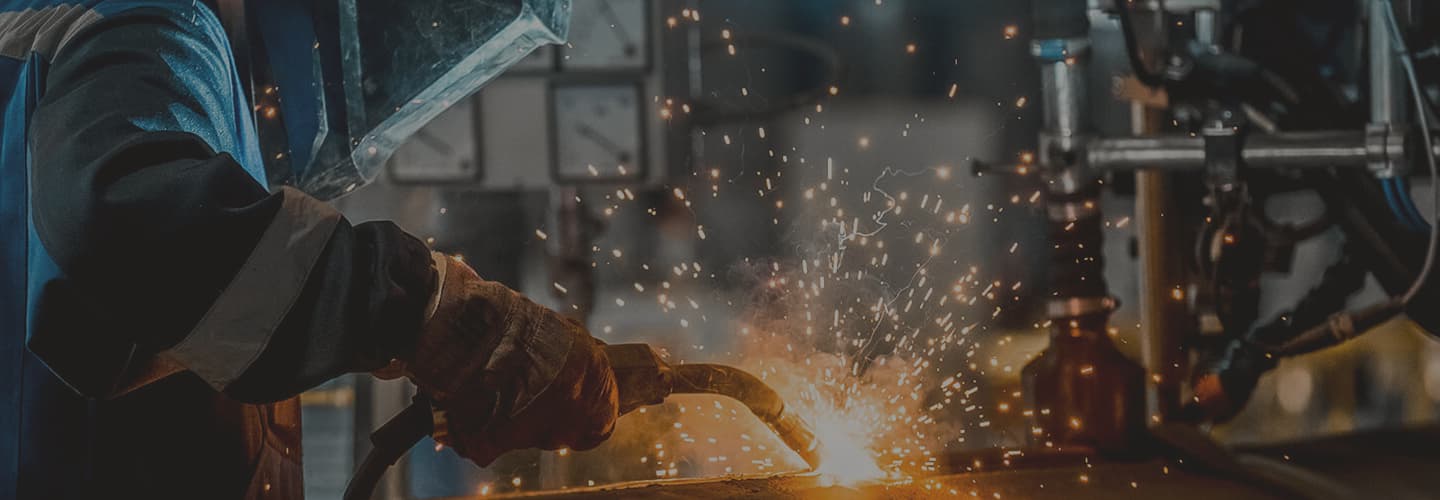So, what is hydrogen embrittlement (HE), and what’s the difference between a high-strength steel and a mild steel? Hydrogen embrittlement is a process in which metals, particularly high-strength steels, become brittle and fracture due to the absorption and diffusion of hydrogen. This is because high-strength steels (AISI 4130, ASTM A335 P91, ASTM A514, ASTM A335 P22) in contrast to mild steels (ASTM A36, ASTM A516 Grade 70, ASTM A106 Grade B, ASTM A234 WPB) feature refined microstructures with smaller grain sizes and higher dislocation densities.
As steel strength increases, these microstructures become even finer, with reduced grain size and increased dislocation density. This refinement creates more sites for hydrogen atoms to accumulate, particularly at grain boundaries and dislocations, which elevates the risk of hydrogen embrittlement and crack initiation. This phenomenon is especially concerning in industries where metals are subjected to harsh environments, like oil and gas refinement because HE can severely compromise the structural integrity and longevity of critical components.

Hydrogen Embrittlement in Steel, Particularly High-Strength Steels, and its Effects:
- Hydrogen Absorption and Diffusion: High-strength steels, known for their strength and hardness, have microstructures particularly susceptible to hydrogen diffusion. Under certain conditions—such as high-pressure hydrogen environments, corrosion, or during welding—hydrogen atoms enter the steel’s lattice structure. Over time, the trapped hydrogen atoms accumulate at imperfections within the steel, like grain boundaries and dislocations, creating points of weakness.
- Impact on Mechanical Properties: The presence of hydrogen atoms reduces ductility and toughness, making high-strength steel brittle. This results in the metal fracturing at stress levels below what it usually tolerates. The hydrogen embrittlement in steel effect is exacerbated as the strength of the steel increases, meaning high-strength steels are particularly vulnerable, while softer steels are relatively unaffected.
- Mechanisms of Embrittlement: The mechanisms behind hydrogen embrittlement are complex but can be broadly categorized into several theories, including:
- Decohesion Theory: Hydrogen weakens the metallic bonds at grain boundaries, causing intergranular cracking.
- Pressure Theory: Hydrogen atoms combine into molecular hydrogen at voids, leading to high pressures that create cracks.
- Dislocation Theory: Hydrogen reduces the steel’s ability to resist deformation, allowing dislocations to move more quickly and creating micro-cracks.
Why Mild Steel and Structural Steel Are Less Affected:
- Lower Strength, Less Susceptibility: Mild and structural steels typically have lower yield strengths compared to high-strength steels. Because hydrogen embrittlement susceptibility increases with the strength of the steel, these types of steel are less affected by hydrogen ingress. Their microstructures don’t trap and accumulate hydrogen as readily, meaning they maintain their toughness and ductility even in environments where hydrogen is present.
- Different Applications and Exposure: Mild and structural steels are generally used in applications that are less exposed to high-stress, high-pressure hydrogen environments. When hydrogen is present, it usually doesn’t reach a concentration high enough to induce embrittlement in these steels.
- Thermal and Mechanical Processing: The heat treatment and mechanical processes used in producing high-strength steels make them more prone to hydrogen entrapment. In contrast, mild and structural steels, with their more straightforward processing, retain a more ductile, hydrogen-resistant microstructure.
Preventing and Mitigating Hydrogen Embrittlement:
To mitigate hydrogen embrittlement, some strategies include:
- Using Low Hydrogen Welding Processes: Shielding the material from hydrogen ingress during processes like welding reduces exposure.
- Heat Treatment: Preheating during welding, bake out, and PWHT (post weld heat treatment) can support, at varying degrees of impact, the release of trapped hydrogen.
- Protective Coatings: Applying barriers to keep hydrogen from diffusing into the steel.
References:
- Gangloff, R. P., & Somerday, B. P. (Eds.). (2012). Gaseous Hydrogen Embrittlement of Materials in Energy Technologies. Elsevier. This book comprehensively looks at hydrogen embrittlement mechanisms, especially in high-strength steels and alloys.
- Lynch, S. P. (2012). “Hydrogen embrittlement phenomena and mechanisms.” Corrosion Reviews, 30(3-4), 105-123. This article reviews theories on hydrogen embrittlement mechanisms, particularly decohesion, pressure, and dislocation theories.
- ASM International Handbook Committee. (2002). ASM Handbook, Volume 13B: Corrosion: Materials. ASM International. The handbook contains detailed information on corrosion and embrittlement, with practical insights on how different steels respond to hydrogen.
- Thompson, A. W., Bernstein, I. M., & Briant, C. L. (Eds.). (1985). Hydrogen Effects in Metals. American Society for Metals. This text covers hydrogen’s effects on metal structures, with a specific focus on high-strength steels.
- Dayal, R.K., Parvathavarthini, N. Hydrogen embrittlement in power plant steels. Sadhana 28, 431–451 (2003).
- G.P. Tiwari, A. Bose, J.K. Chakravartty, S.L. Wadekar, M.K. Totlani, R.N. Arya, R.K. Fotedar, A study of internal hydrogen embrittlement of steels, Materials Science and Engineering: A, Volume 286, Issue 2, 2000, Pages 269-281, ISSN 0921-5093.
- G. T. E. Thomas, “The Role of Microstructure in the Mechanical Properties of High-Strength Steels,” Journal of Materials Science and Engineering, vol. 32, no. 5, pp. 455-467, 2020. DOI: 10.1007/s10853-019-03456-3.

